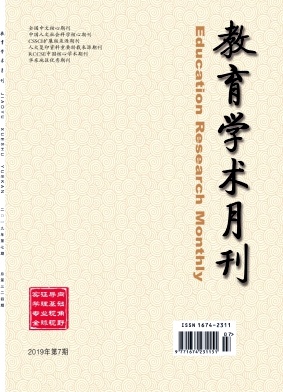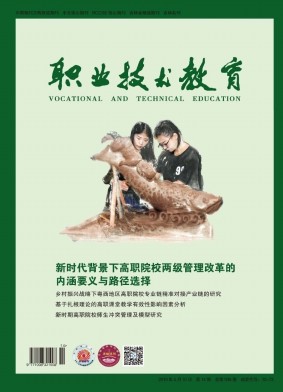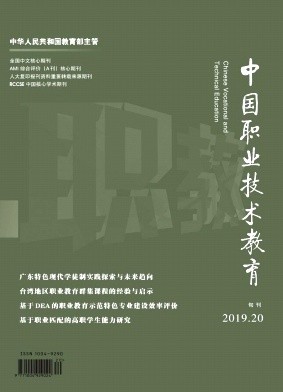摘要 深入理解当前旧城改造离不开历史的维度、居民的体验等视角。通过对前门大栅栏的胡同民族志研究,结合居民口述史与既有文献,笔者从规划主体、人口流动、产权归属、空间风貌、商业业态以及居民日常等多个维度考察了前门大栅栏胡同地区在新中国成立以来的历史变迁。本研究认为,国家权力在胡同变迁中一直都扮演主导角色,且在不同时期采取了不同的治理模式的组合,这实现了国家权力对胡同与居民的有效治理。 Historical context,local experiences and perspective of power are needed for the overall understanding of current urban renovation projects.Through the study of hutong ethnography of Dashilanr of Qianmen in Beijing,combined with the oral history of residents and the existing literature,the authors examine different aspects in the history of hutongs,which include planning subjects,population mobility,property rights,space and landscape,business pattern and daily life of residents,in order to observe the historical process in the hutong area of Dashilanr since 1949.State power has always played a dominant role during the changes of hutongs,adopting different governance models in different periods.These have contributed to the effective governance by state power over hutongs and their residents.
机构地区 北京航空航天大学 清华大学
出处 《中国研究》 2020年第2期90-111,270,共23页 China Studies
基金 清华大学社会学系大栅栏社区建设团队以及该系博士Elie Rosenberg的支持。
关键词 旧城改造 胡同民族志 前门大栅栏 urban renovation hutong ethnography Dashilanr
分类号 TU9 [建筑科学]




